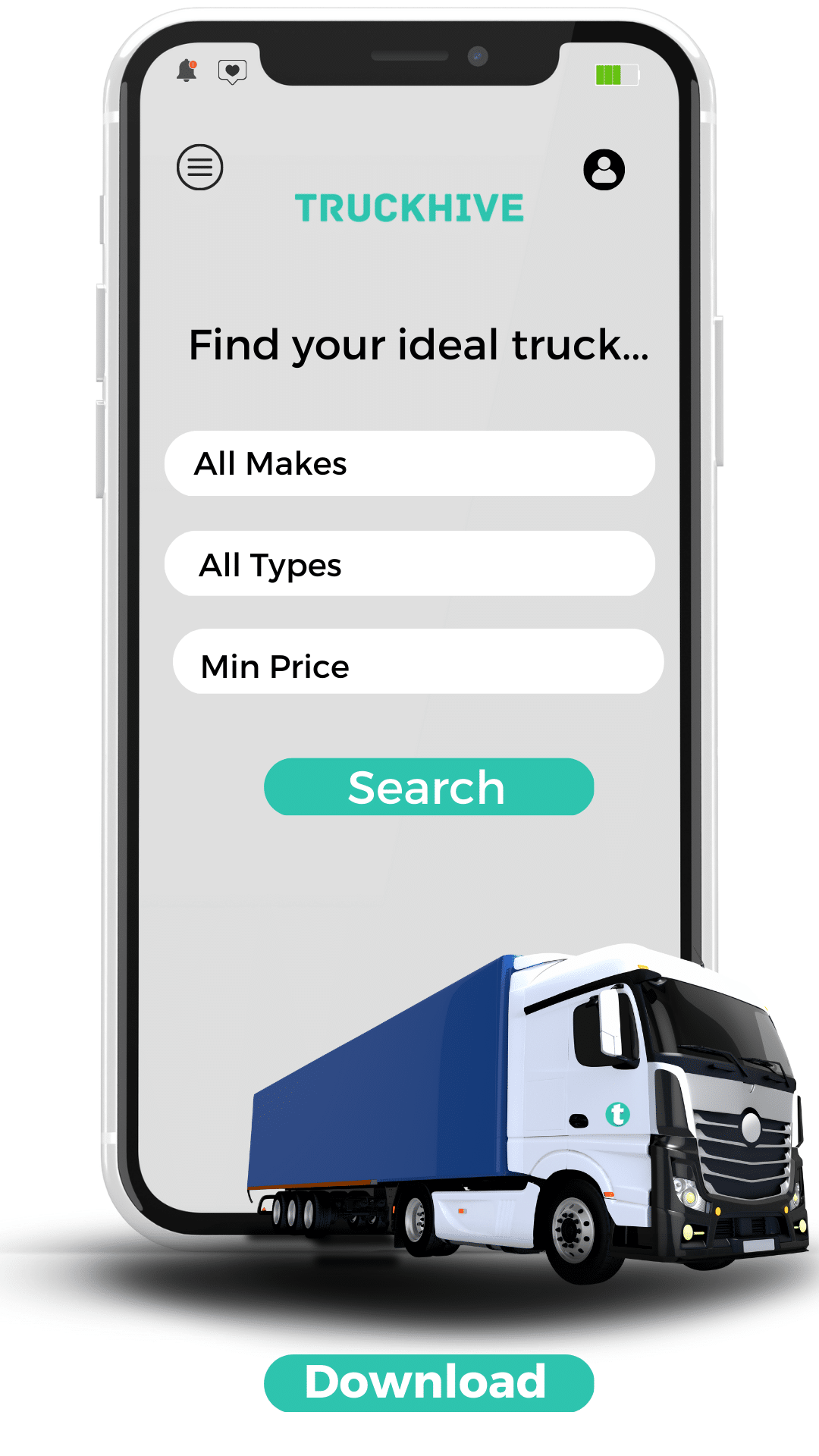

Insuring A Fleet of Commercial Vehicles: Key Factors To Consider And Practical Advice For Business Owners
Insuring a fleet of commercial vehicles is crucial for any business that operates on the road.
However, it can be a complex and challenging process that requires careful consideration of various factors, including the type of vehicles, drivers, cargo, and the areas in which they operate.
In this article, we will provide you with practical advice on how to insure your fleet of commercial vehicles effectively.
We will discuss the key factors you need to consider when insuring a fleet of commercial vehicles, and provide some practical advice to help you make the right decisions for your business.
Evaluate Your Risk Profile
The first step in insuring a fleet of commercial vehicles is to evaluate your risk profile. This involves looking at the types of vehicles in your fleet, the drivers who operate them, and the areas in which they operate.
You will also need to consider your business operations and the goods or services you transport.
The more vehicles you have in your fleet, the higher your risk of accidents or other incidents. The type of vehicles you have in your fleet, such as trucks or buses, can also impact your risk profile, as can the type of goods you transport.
For example, if you transport hazardous materials, your risk will be higher than if you transport non-hazardous materials.
Your drivers are also a significant factor in your risk profile. Their driving records, training, and experience can all impact your insurance premiums.
Additionally, the areas in which your vehicles operate can impact your risk profile.
If your vehicles operate in high-traffic or high-crime areas, your risk may be higher than if they operate in low-traffic or low-crime areas.
Understand the Types of Commercial Vehicle Insurance
Once you have evaluated your risk profile, you can start to understand the types of commercial vehicle insurance available.
There are several types of insurance coverage that may be required or recommended for your fleet, including:
Liability Insurance
Liability insurance is a type of insurance that covers damages and injuries caused by your commercial vehicles to third parties.
This can include bodily injury, property damage, and legal fees. Liability insurance is often required by law, and the minimum coverage limits may vary by state.
Collision Insurance
Collision insurance is a type of insurance that covers damages to your vehicles in the event of an accident.
This can include damage caused by other vehicles, as well as damage caused by collisions with stationary objects such as trees or buildings.
Comprehensive Insurance
Comprehensive insurance is a type of insurance that covers damages to your vehicles that are not caused by collisions. This can include damage from weather events, theft, or vandalism.
Cargo Insurance
Cargo insurance is a type of insurance that covers the goods or products that you transport. This can include damage or loss of the cargo due to accidents or theft.
Uninsured Motorist Coverage
Uninsured motorist coverage is a type of insurance that covers damages and injuries caused by drivers who do not have insurance.
This can be especially important in areas where uninsured drivers are more common.
Personal Injury Protection
Personal injury protection is a type of insurance that covers medical expenses and lost wages for drivers and passengers who are injured in accidents.
Consider Additional Coverage Options
In addition to the basic types of commercial vehicle insurance, there are several additional coverage options that you may want to consider for your fleet. These include:
Rental Reimbursement
Rental reimbursement coverage provides reimbursement for the cost of renting a replacement vehicle while your commercial vehicle is being repaired after an accident.
Roadside Assistance
Roadside assistance coverage provides assistance with flat tires, dead batteries, and other common vehicle issues that can occur while on the road.
Electronic Equipment Coverage
Electronic equipment coverage provides coverage for electronic devices and systems in your commercial vehicles, such as GPS units, radios, and
Conclusion:
In conclusion, insuring a fleet of commercial vehicles is an essential aspect of managing any business that operates on the road.
To ensure that your business is protected from financial and legal liabilities, it is crucial to evaluate your risk profile, understand the different types of commercial vehicle insurance available, and consider additional coverage options.
By following the practical advice provided in this article, you can make informed decisions about the insurance coverage you need for your fleet of commercial vehicles, protecting your business and giving you peace of mind.
Add a comment Cancel reply
Categories
- Blog Posts (43)
- Buying Tips (5)
- Selling Tips (4)
- Truck Reviews (17)
Recent Posts
About us

Meet Percy, the blog editor who knows his semicolons from his emojis, and his coffee order by heart. He may spend most of his days glued to a computer screen, but don’t let that fool you – he is a superhero at midnight (as long as there’s enough caffeine involved). When he is not editing blog posts, you can usually find him daydreaming about his next snack break or planning his next witty tweet.
Related posts


How Truck-Stops Support The Trucking Industry

How Warehouses Drive Logistics Efficiency












